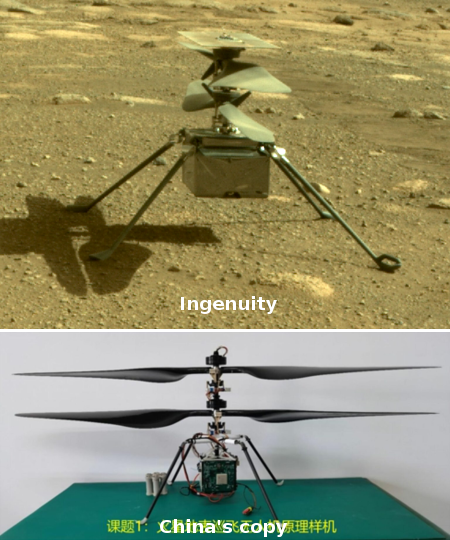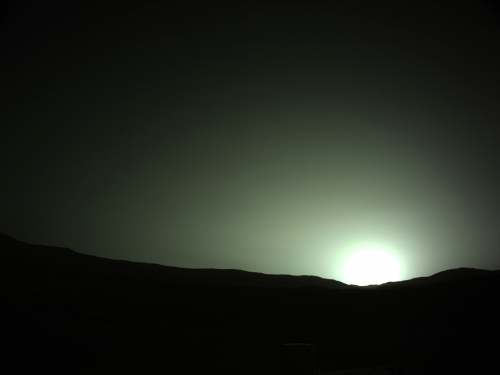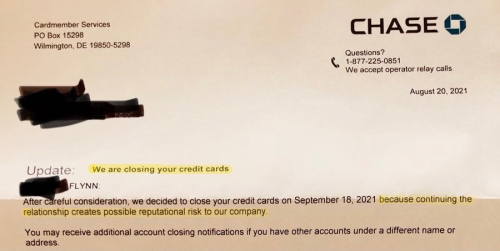Today’s blacklisted American: Lyft driver fired because his radio was tuned to a black conservative

No freedom of speech allowed at Lyft!
The new dark age of silencing: A driver has been fired by Lyft because a passenger complained that he was listening to a racist on the radio, when in fact his radio was tuned to a black conservative.
Ryan Alexander, who had been a Lyft driver for years, tells “The Dan O’Donnell Show” that a Lyft representative told him during a phone call Saturday that his account was suspended because he had been listening to “racist talk radio programming,” a violation of the app’s terms of service.
Alexander says he was listening to former Milwaukee County Sheriff David Clarke fill in for Mark Belling during the “Mark Belling Late Afternoon Show” Thursday evening when a passenger took exception to the discussion Clarke was having about Black Lives Matter and abortion rates in the African-American community.
“She called Clarke trash, slammed the door to my car when she got out, and specifically referenced abortion which Clarke did talk about briefly while she was in the car,” Alexander says.
During the portion of the program that the passenger heard, Clarke, who is Black, expressed the opinion that the Black Lives Matter organization did not truly care about Black lives because it was not upset about the rate of abortions among Black mothers.

No freedom of speech allowed at Lyft!
The new dark age of silencing: A driver has been fired by Lyft because a passenger complained that he was listening to a racist on the radio, when in fact his radio was tuned to a black conservative.
Ryan Alexander, who had been a Lyft driver for years, tells “The Dan O’Donnell Show” that a Lyft representative told him during a phone call Saturday that his account was suspended because he had been listening to “racist talk radio programming,” a violation of the app’s terms of service.
Alexander says he was listening to former Milwaukee County Sheriff David Clarke fill in for Mark Belling during the “Mark Belling Late Afternoon Show” Thursday evening when a passenger took exception to the discussion Clarke was having about Black Lives Matter and abortion rates in the African-American community.
“She called Clarke trash, slammed the door to my car when she got out, and specifically referenced abortion which Clarke did talk about briefly while she was in the car,” Alexander says.
During the portion of the program that the passenger heard, Clarke, who is Black, expressed the opinion that the Black Lives Matter organization did not truly care about Black lives because it was not upset about the rate of abortions among Black mothers.













